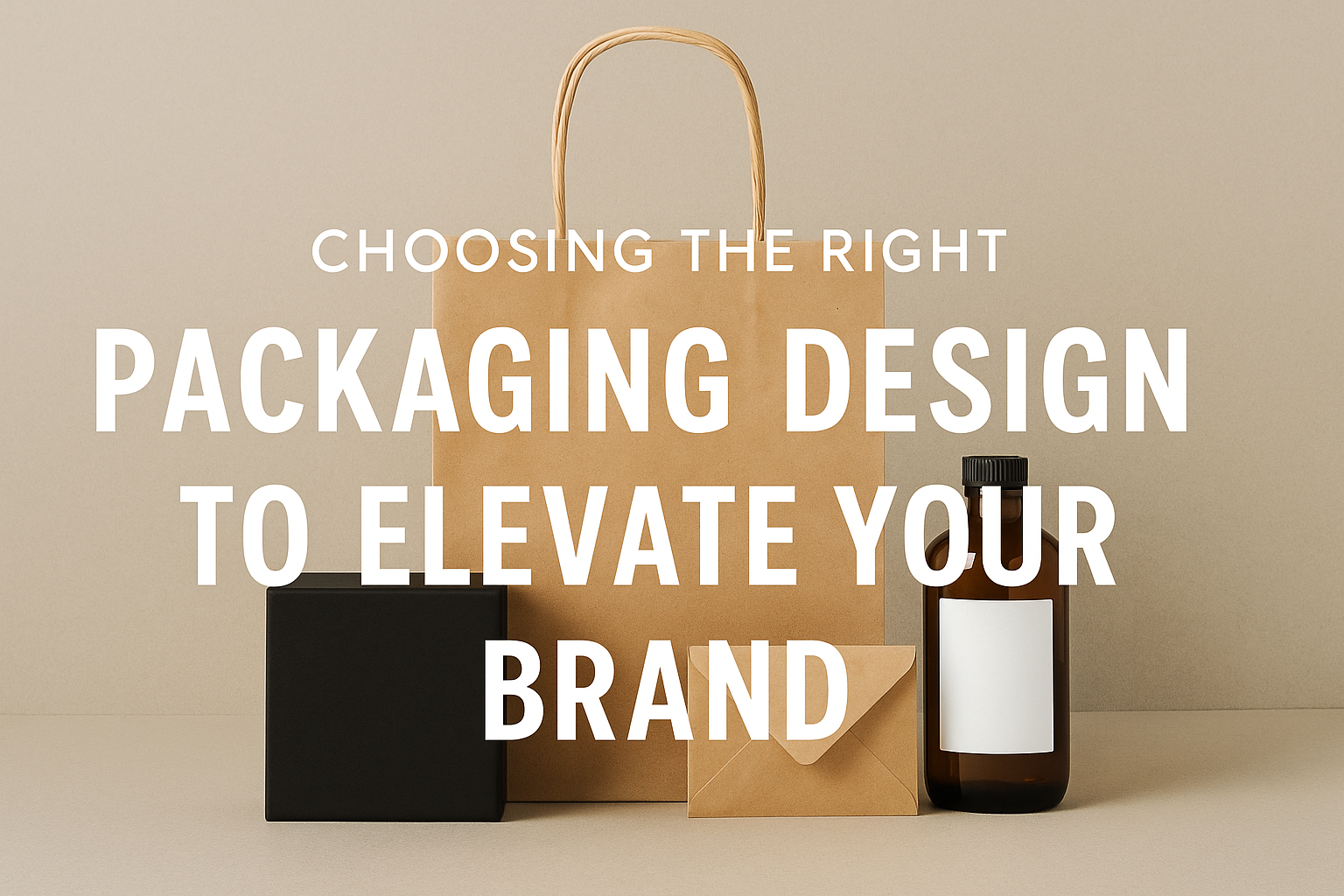The Psychology of the Unboxing Experience
The simple act of opening a package has transformed into a cultural phenomenon. Search “unboxing” on YouTube or TikTok and you’ll find millions of videos, billions of views, and consumers treating packaging reveals like must-see entertainment. What was once an afterthought in logistics has become a critical touchpoint in brand experience.
Unboxing is no longer just about getting a product from point A to point B—it’s about creating an emotional bridge between the digital promise of your brand and the physical reality of your product. Done right, packaging turns one-time buyers into loyal fans.
Why Anticipation Creates Emotional Investment
Neuroscience shows that dopamine levels spike during anticipation, not just at the moment of reward. This means the lead-up to unboxing is as important as the product itself.
Think of Apple’s minimalist white boxes. The deliberate resistance of the lid creates a slow reveal, heightening suspense. That tension isn’t accidental—it’s engineered to increase emotional engagement.
Takeaway: Use packaging details—like textures, bold graphics, or subtle design cues—that build anticipation before the product is revealed.
Why First Impressions Set the Tone
First impressions happen in just seven seconds. In packaging, those seconds decide whether customers feel they purchased something premium or forgettable.
Glossier understood this when it swapped plain brown boxes for pink bubble mailers that instantly reinforce brand identity. Even before customers touch the product, they’re already immersed in the Glossier world.
Takeaway: Packaging is brand framing. Choose boxes, mailers, or labels that signal your positioning—premium, playful, sustainable, or bold.
Why Sensory Engagement Strengthens Memory
Memory is multisensory. Studies show that 72% of consumers remember a brand better when packaging engages more than one sense.
Birchbox uses vibrant colors, layered textures, and surprise elements inside its monthly deliveries. Customers don’t just see their products—they feel them, they hear the crinkle of tissue paper, and they’re drawn into a sensory moment that’s hard to forget.
Takeaway: Go beyond visuals. Add tactile finishes, scent-infused materials, or layered reveals to create an experience that stays with your customer.
Why Surprise & Delight Fuels Loyalty
Human brains crave novelty. That’s why small, unexpected packaging details often create disproportionate joy. This “delight factor” triggers reciprocity—customers feel valued and are more likely to come back.
Dollar Shave Club built loyalty not just on price, but on witty inserts and playful unboxing experiences. Customers didn’t just get razors—they got a brand personality delivered to their door.
Takeaway: Add small surprises—handwritten notes, trial-size samples, or playful inserts. These cost little but pay off in repeat sales.
Why Storytelling Elevates Packaging Beyond Function
Packaging isn’t just a container—it’s a stage for your brand story.
Patagonia prints sustainability commitments inside its boxes, reminding customers that every purchase supports environmental values. It transforms packaging into a moral alignment, not just a delivery.
Takeaway: Use your packaging to reflect what you stand for—sustainability, craftsmanship, luxury, or innovation. Customers buy into stories, not just products.
Why Social Sharing Turns Customers Into Marketers
Today’s unboxing moments are broadcast events. Nearly 40% of shoppers discover new brands through unboxing content on social platforms.
Louis Vuitton knows this well. Its bold orange boxes are instantly recognizable and designed to look stunning in photos. Every shared unboxing becomes free advertising.
Takeaway: Think camera-first. Use colors, layouts, and packaging shapes that look great in feeds. Treat packaging as your silent influencer campaign.
Why Premium Packaging Drives Retention & Loyalty
Packaging doesn’t just win impressions—it drives retention. Research shows that 52% of customers are more likely to make repeat purchases from brands with premium packaging.
Subscription companies like Birchbox, HelloFresh, and FabFitFun lean on consistent branded packaging as a way to anchor long-term loyalty. The packaging becomes a familiar ritual, not just a container.
Takeaway: View packaging as a loyalty tool. Every detail you refine—from branded tape to custom inserts—reinforces why customers should stick with you.
Conclusion – The Business Case for Smart Packaging
The unboxing moment is a brand’s final chance to impress, but also its first chance to spark loyalty. Anticipation, first impressions, sensory engagement, surprise, storytelling, shareability, and retention—each element of packaging is a psychological trigger.
Smart brands know that packaging is not an expense—it’s a marketing investment. Those who design for emotion turn ordinary shipments into extraordinary experiences. Those who ignore it risk leaving loyalty—and revenue—on the table.




